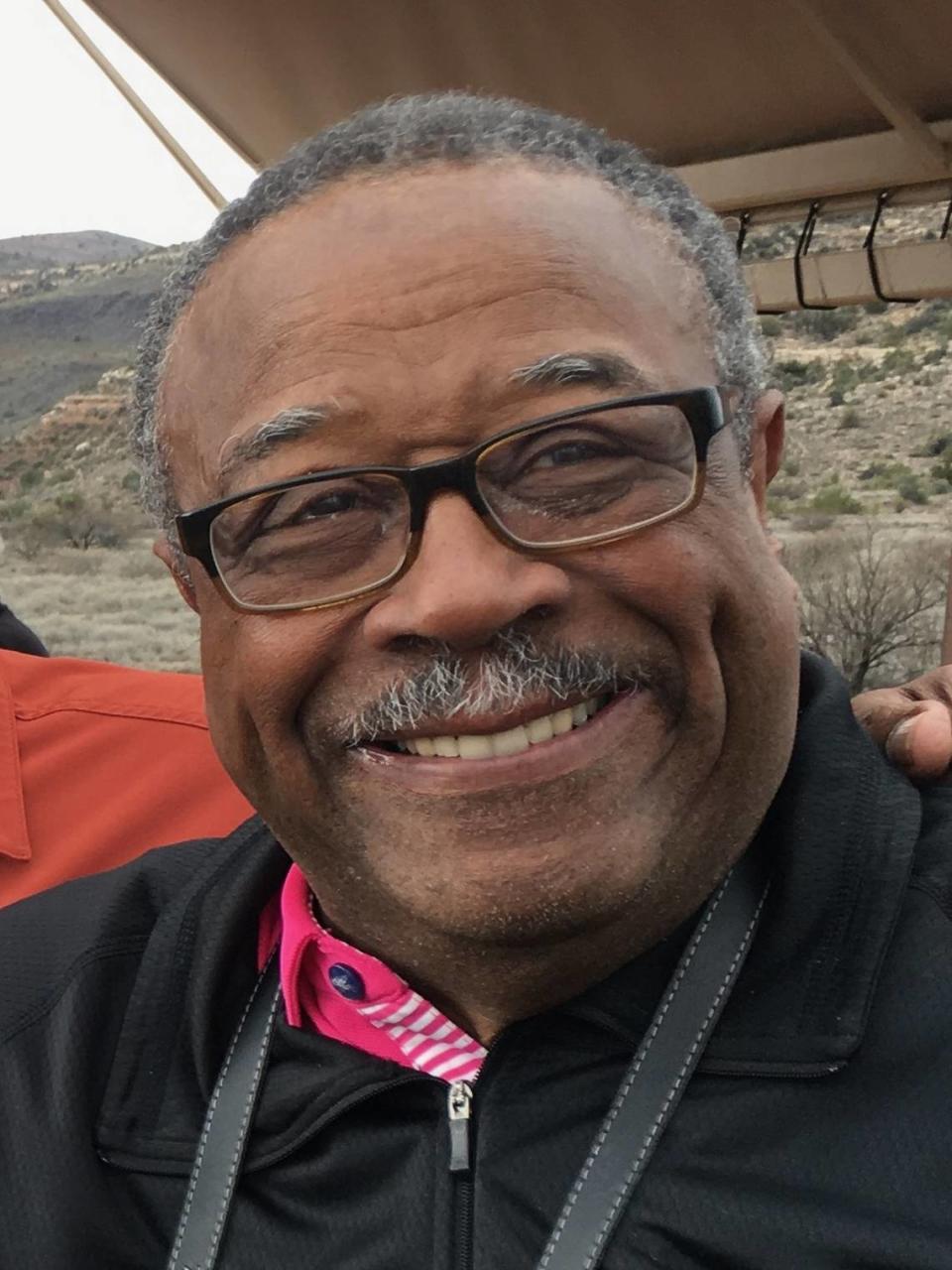Making ourselves whole by breaching Lower Snake River Dams, restoring salmon to Idaho
As a third-generation Idahoan, a fisherman, a hunter, and a conservationist, I hold fondly in my memory the landscape of Eastern Washington’s Almota and Wawawai canyons. Where their waters meet the Snake River, I fished for salmon and steelhead over 50 years ago when I was starting my professional career at Washington State University.

Chukar partridges would drink at the river’s edge, then explode up in unison and settle on the sides of the basalt hills. Beneath the surface, the river teemed with big fish heading out to the Pacific Ocean or back to their spawning grounds in central Idaho.
That landscape is now underwater — a memory at the bottom of a reservoir created by the construction of the Lower Snake River dams.
The dams brought the progress their planner had hoped for: clean energy, reliable water for agriculture, inexpensive transportation of wheat and other products, new tourism. And in honesty, we were warned of the potential costs of damming the Lower Snake River.
A 1944 report by the U.S. Fish and Wildlife Service to the Army Corp of Engineers stated that, “The lower Snake River dams present, collectively, the greatest threat to the maintenance of the Columbia River salmon population of any project heretofore constructed or authorized in the Basin.” As predicted in the report, with the dams in place, there has been, to date, an estimated 90% loss of anadromous fish.
While we were warned of the costs of the dams, I do not think the planners in the 1950s understood the toll that cost would have on us ecologically, culturally and historically.
As the former co-chair of Washington Gov. Jay Inslee’s Southern Resident Orca Task Force, along with Stephanie Solien, I became deeply aware of that toll. I came to see the broader interconnectedness of the Northwestern ecosystem. I now understand that the salmon stranded in man-made, inland reservoirs result in the slow starvation of orcas waiting in the Pacific for their mainstay diet, the chinook salmon. As the salmon shrink in size and number, so do the orca.
I came to understand the toll taken on the tribal communities of the Northwest — people who have centered their lives and culture around the salmon, whose more than 700 villages, fishing, hunting, harvesting and ceremonial sites now lie under water. We cannot ever measure or understand what knowledge has been lost and what experiences will not be passed on to the next generation.
I applaud Idaho Congressman Mike Simpson for his bold proposal to breach the Lower Snake River dams to save the salmon, as well as all that depend on the dams.
I applaud Gov. Inslee and U.S. Sen. Patty Murray for moving the conversation forward by more clearly identifying the costs and critical next steps, including the proposal to first replace the 4.3% of clean energy produced by the dams within the Pacific Northwest energy system.
To those proposals, I urgently respond, ”Yes, and . . . ”
“Yes, and” because as we wait, the salmon are dwindling, and the orcas are dying. I hold we can do multiple important things at once.
We can bring all the interests in this conversation to the table, bring our creativity to bear and come to how we make everyone whole: farmers, ratepayers, recreation, tribes, salmon and orca. We can work for solutions to replace clean energy while we leverage federal infrastructure dollars to plan the breaching of the dams and opening the waterways to salmon again.
We know from the decommissioning of the Elwha Dam that nature heals quickly and the salmon can return strong. The 74 remaining orcas in the Southern Pod could have a chance to survive and thrive. The chinook can return to the Clearwater, the Grand Ronde and the mighty Salmon River.
And maybe soon, I could return to Almota Canyon with my grandchildren to cast a line and watch the chukars fly once again.
Dr. Thomas L. (Les) Purce retired as president emeritus of the Evergreen State College in Olympia, WA. He co-chaired Washington State’s Southern Resident Orca Task Force in 2018-2019. He earlier served as director of the Idaho State Department of Health and Welfare under Governor John Evans and is a former mayor of the City of Pocatello.

 Yahoo Movies
Yahoo Movies 
